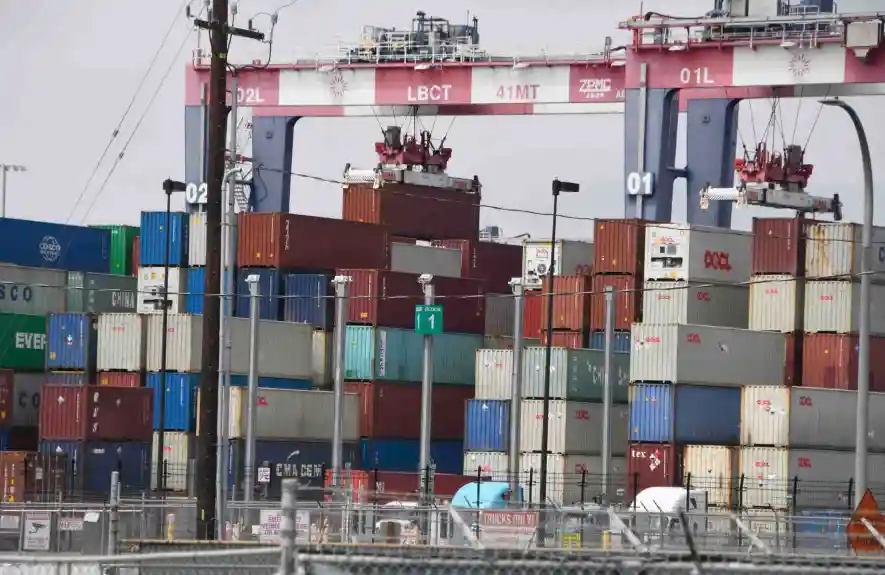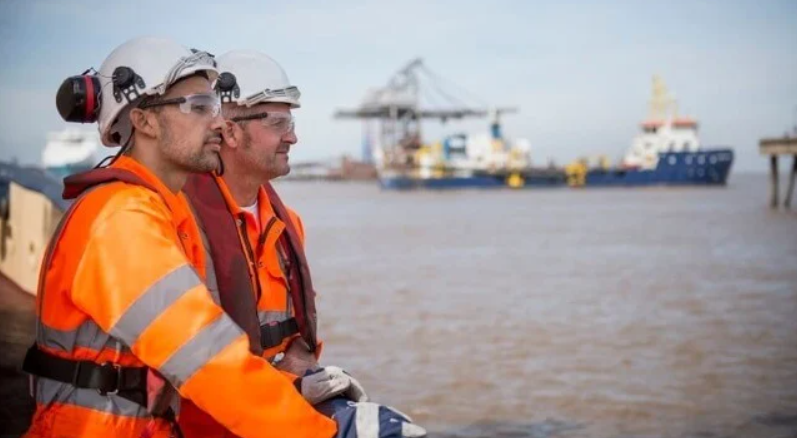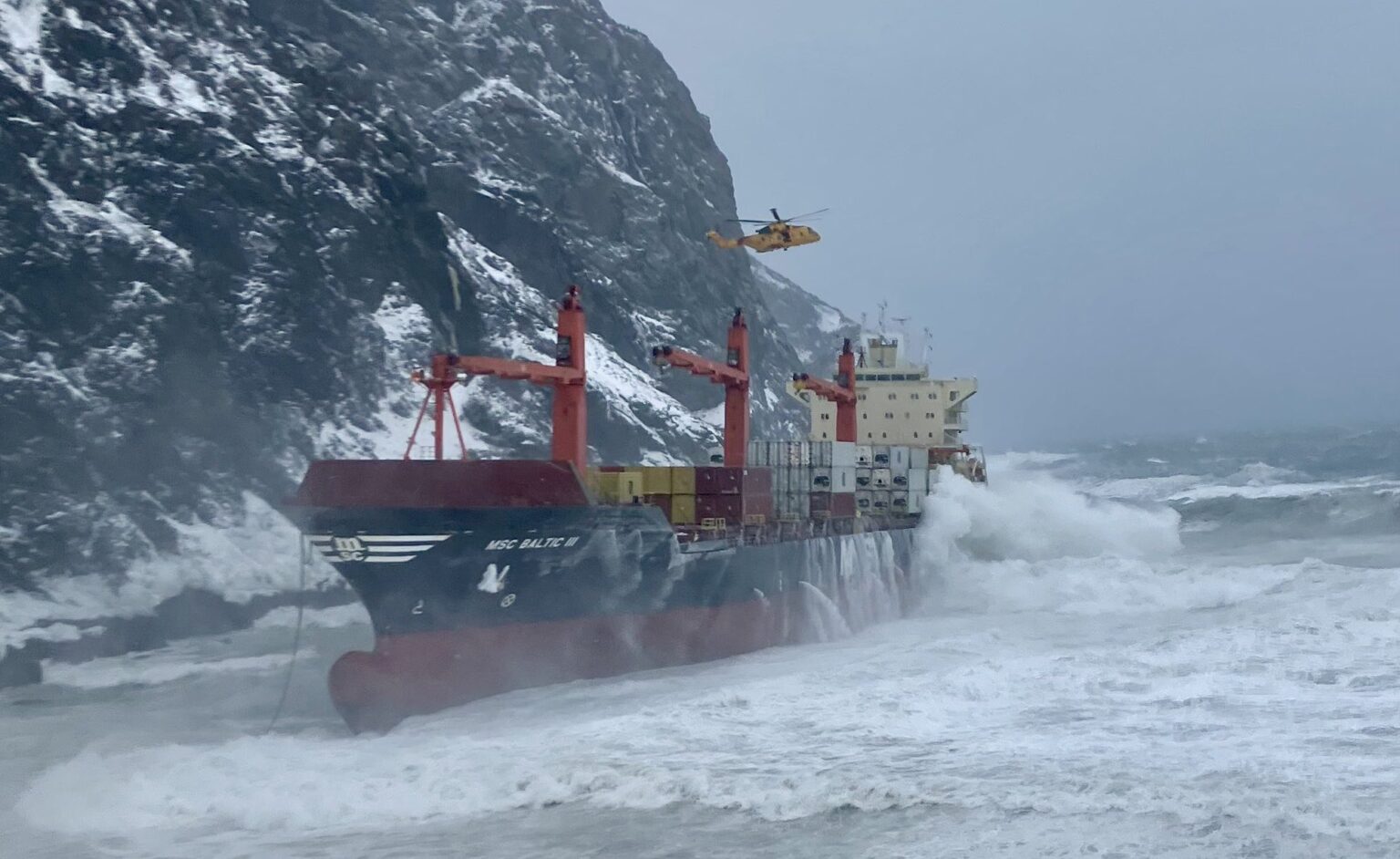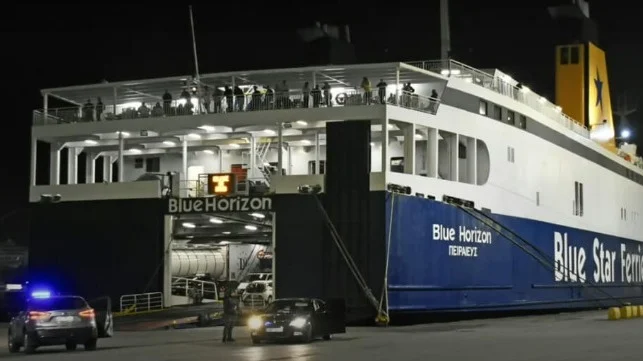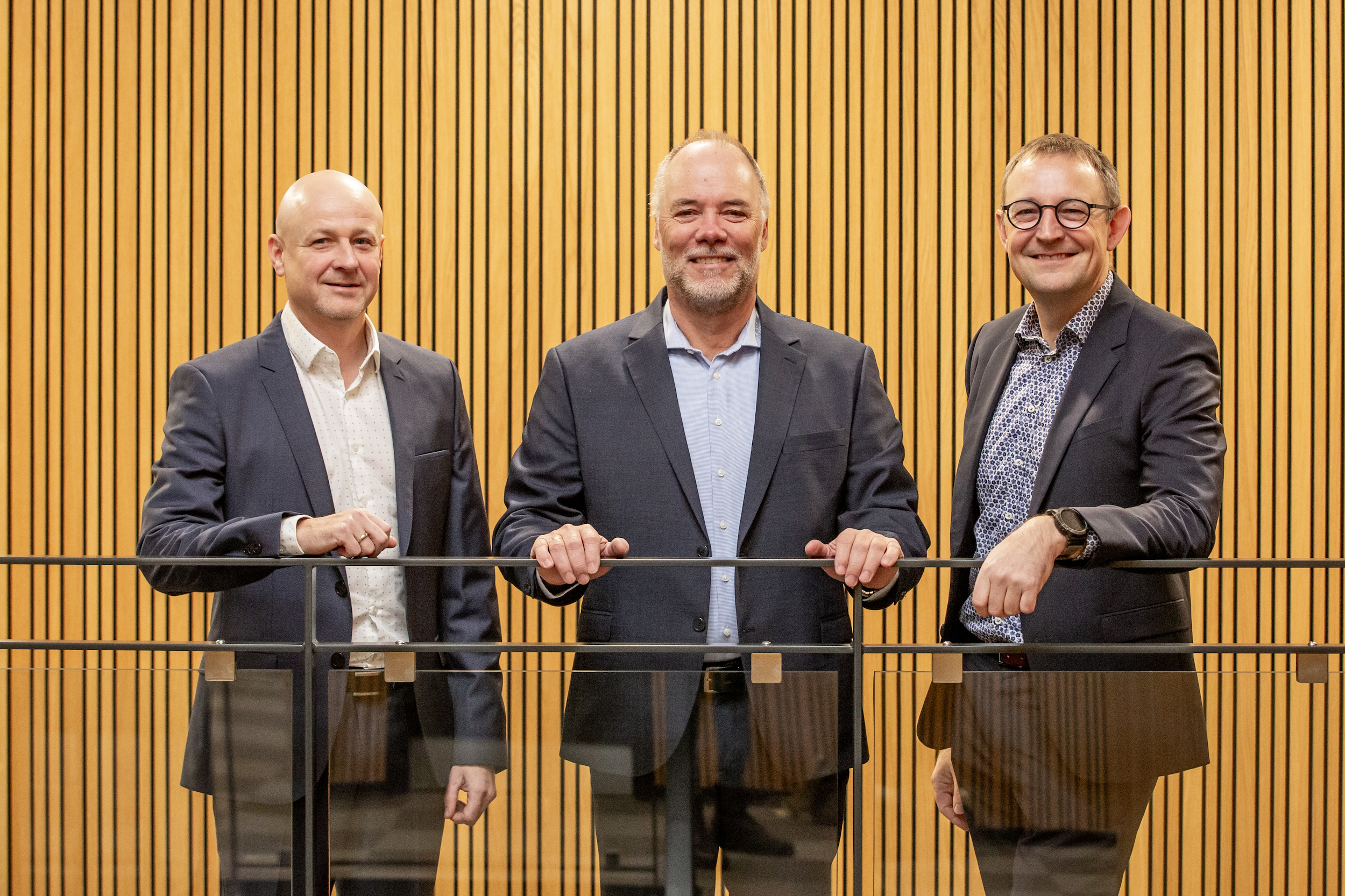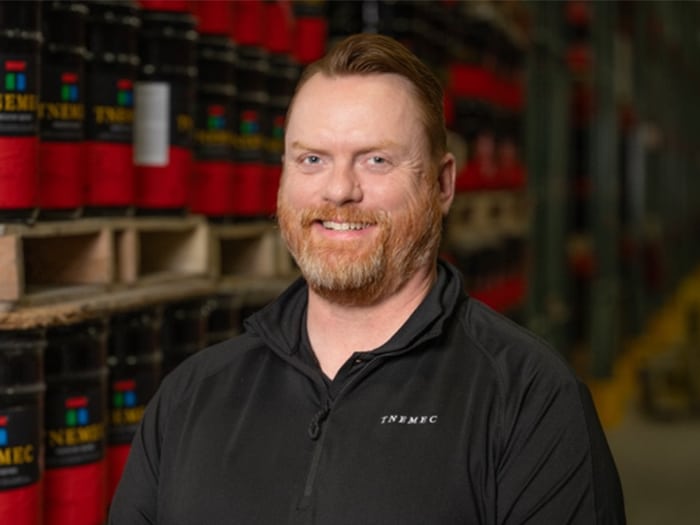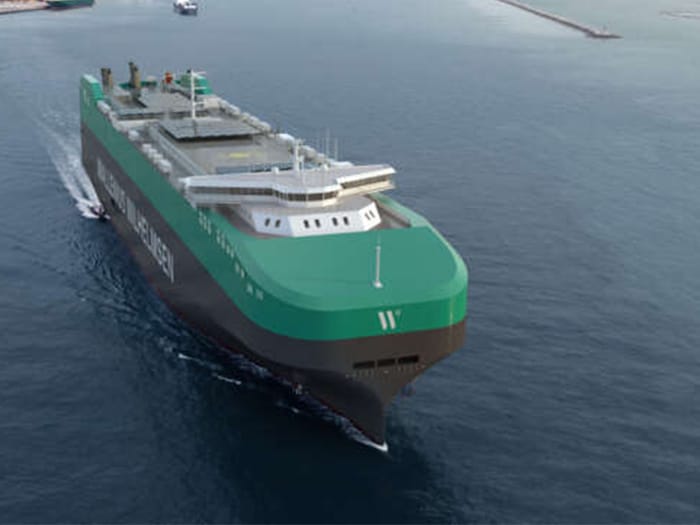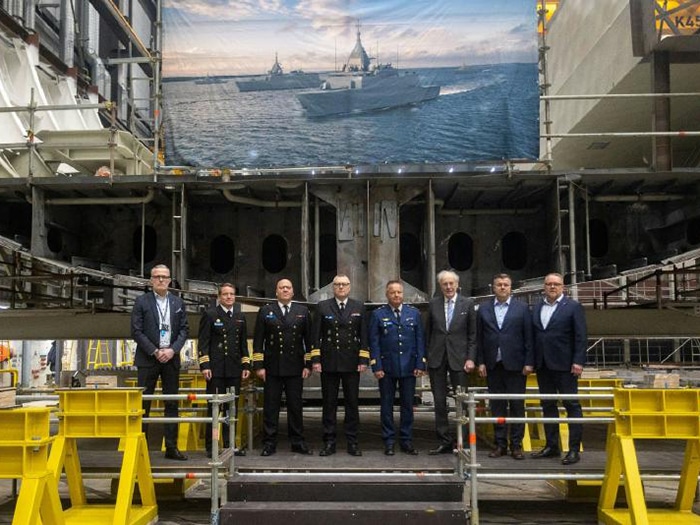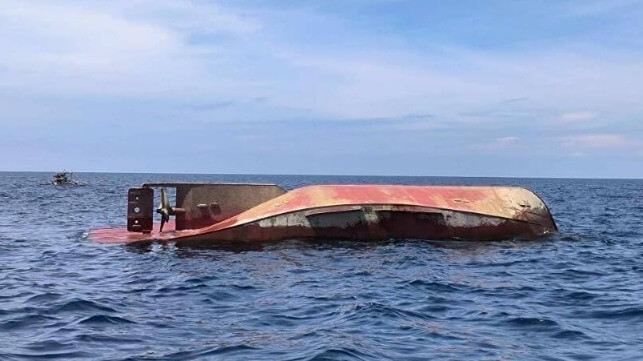A more than five-hour state Legislative hearing Wednesday, on what’s bedeviling the supply chain turned out to be almost as complex and wide-ranging as the issue itself, with experts largely agreeing on the problems but offering myriad solutions. The hearing — called by Assemblyman Patrick O’Donnell, D-San Pedro, and state Sen. Lena Gonzalez, D-Long Beach — featured panelists from the port industry, government, business, and workforce. It’s unclear what concrete action could result from the hearing.
Most everyone agreed on the problem and causes a steady influx of cargo sparked by the pandemic and a buying spree that has stalled the system, empty containers scattered throughout the region and packed containers taking up too much space for too long on the docks, leading to further logjams of ships left to idle offshore for several days at a time. “The ships are full, the docks are full, the warehouses are full,” O’Donnell said, calling it “a perfect storm.”

The Assembly and Senate Select Committees on Ports and Goods Movement hearing were conducted to gather testimony from the various sectors. “We’re holding this hearing to hear straight from the source where the bottlenecks are occurring and to evaluate both short- and long-term solutions,” O’Donnell said. “Based on my conversations, this is a multi-faceted problem and will require multi-faceted action.”
Suggestions ran the gamut, including:
- Bringing in sweeper ships to help clear the region of thousands of empty containers.
- Making better use of the Port of Oakland, where there currently is room for more ships.
- Appointing an overseer or “point person” to rein in the chaos of a supply chain that has multiple links, all operating separately.
- Finding more land — for warehouses, for container storage, and for developing inland and smaller water ports to ease the burden on the Ports of Los Angeles and Long Beach, where 40% of the nation’s imports arrive.
- Building and producing more chassis in the U.S.; most currently come from China, with some from Mexico.
Danny Wan, president of the California Association of Port Authorities and also the executive director of the Port of Oakland, said the situation demands collaboration. “We’re probably at 75% capacity right now at Oakland,” Wan said. The Port of Oakland, said Assemblywoman Mia Bonta, who represents the area, is “underutilized” and should be viewed as part of a strategy going forward.

Others pointed to different obstacles and solutions.
Rachel Michelin, president of the California Retailers Association, said myriad, often-changing regulations in the state have brought about roadblocks. “Let’s take a step back and look at all the regulations passed in the last 10 years that impact the supply chain and make sure they’re actually working,” she said. “When you have local boards making regulations, the Legislature passing bills and the governor issuing executive orders, it’s very challenging to keep up.” It’s resulted, Michelin said, in warehouses being built in Nevada or Arizona with cargo trucked to and from California. The state’s jobs and environment all take a hit as a result, Michelin said.
Doing business in California, she said, is viewed as having to navigate an ever-changing and uncertain environment prone to many restrictions. Several others, meanwhile, addressed the sheer multifaceted nature of solving a problem that had so many disconnected parts.

“There’s no coordination and where there’s no coordination, there’s chaos,” said Assemblyman Mike Gipson, D-Carson. “And we have chaos right now.” Some suggested someone akin to an interim czar who could pull the various pieces together.
The executive directors of both the Ports of Los Angeles and Long Beach also weighed in. “The terminals, frankly, are running out of space,” said Mario Cordero, director of the Port of Long Beach, though he added that progress — beyond the context of the current crisis — had been made with new infrastructure projects completed by the port in the last couple of years.

And dwell time continues to increase, Port of L.A. Executive Director Gene Seroka said, with merchandise being delayed due to the logjams. “We’ve got patio furniture on the docks and Christmas trees out at anchor,” he said, adding that 350,000 empty containers — a record — flow out of the port and back to Asia every month. “Those dwell times are really what’s driving a lot of the lack of fluidity,” Seroka said. More coordination and modernization is needed, Seroka said. “We need to create a national port system,” he said. “We’re 30 years behind other countries.” Ramon Ponce de Leon of the International Longshore and Warehouse Union said on-dock rail should be viewed as a long-term solution, since it moves cargo out more efficiently and faster than trucks.

And Chris Shimoda, senior vice president of government affairs for the California Trucking Association, said the empties are the biggest part of the immediate problem. “The crush of empty containers is cited as the No. 1 issue,” he said. “The terminals are congested to the point where they can’t accept empties from truckers.” Nearly 80% of empty containers, he said, are sitting on chassis scattered throughout the area, leaving too few chassis to use for loaded containers. “The fastest solution is for empties to be removed by sweeper vessels,” he said.

Mike Jacob, vice president and general counsel for the Pacific Merchant Shipping Association, said it is unclear whether the twin ports’ recent imposition of fines on ocean carriers for containers left too long on the docks will wind up impacting the marketplace. Critics have said the costs could wind up being passed on by stores to consumers. “A large percentage of cargo, once it’s delivered, is the responsibility of the cargo owner to pick up,” he said. “But more cost associated with dwell time should reduce dwell time, long term.”


